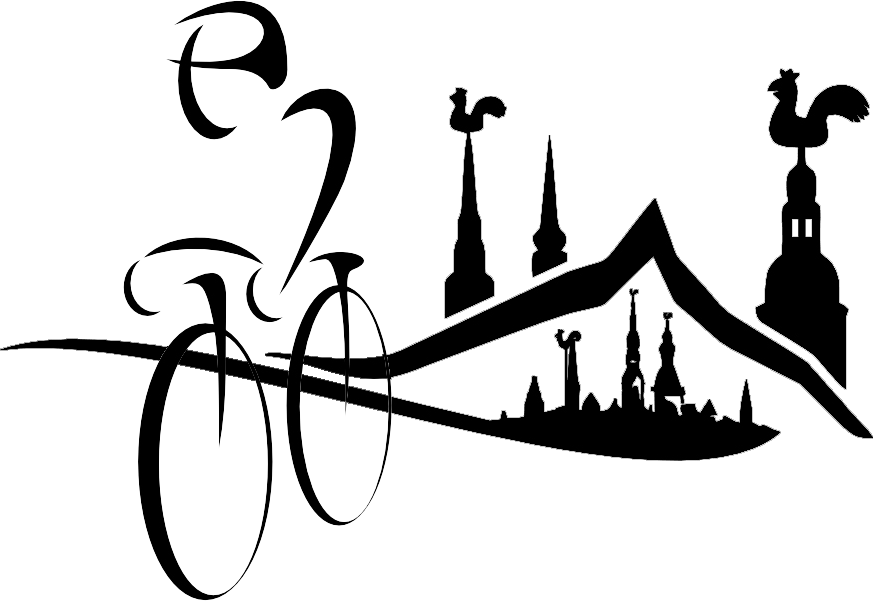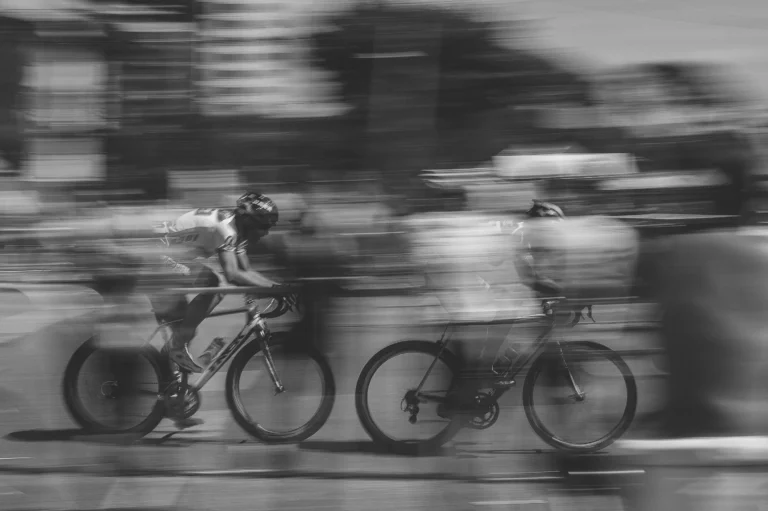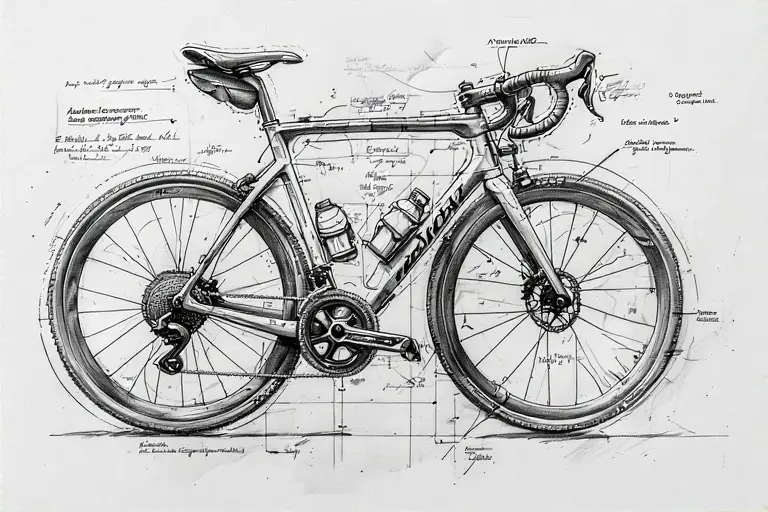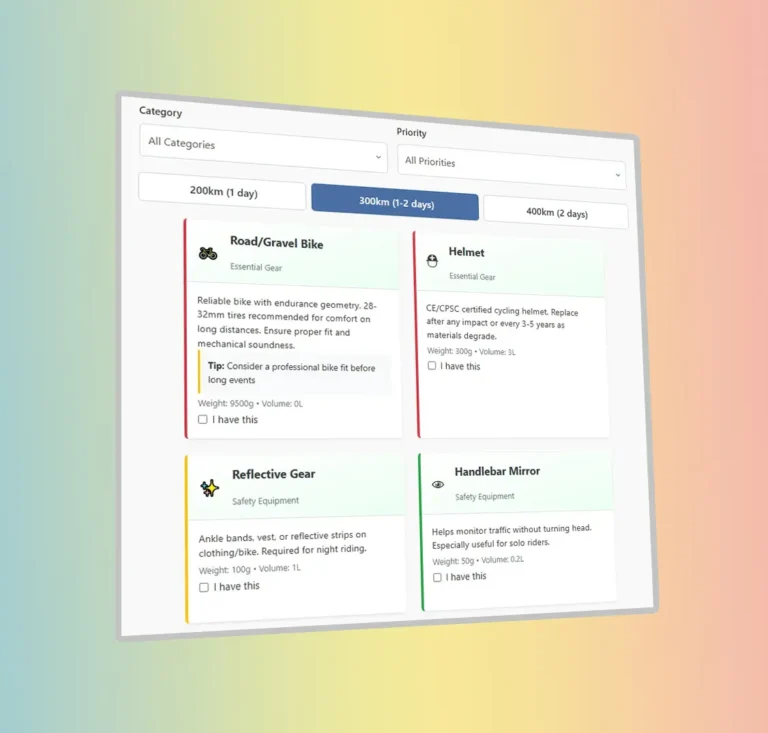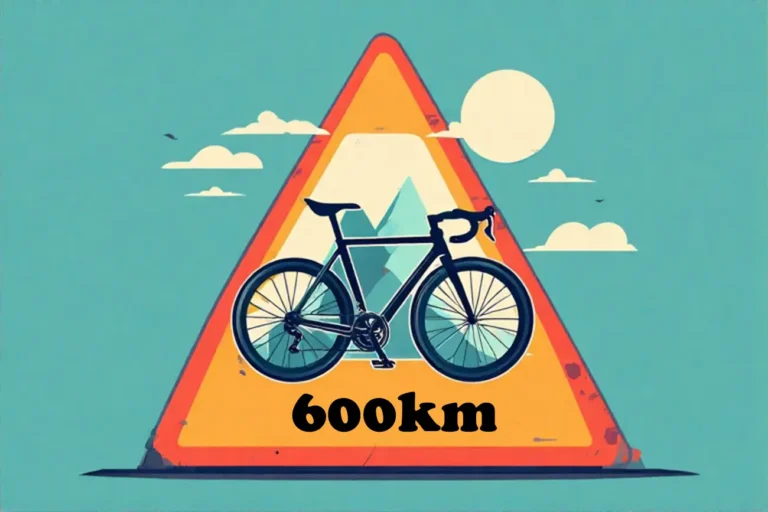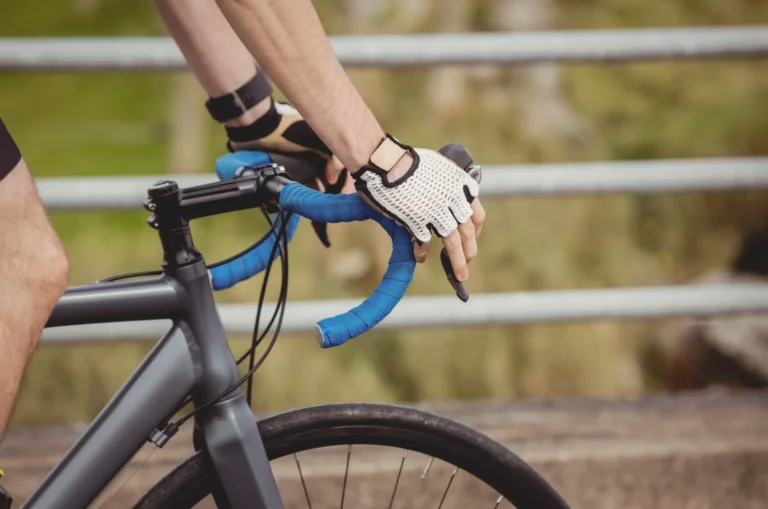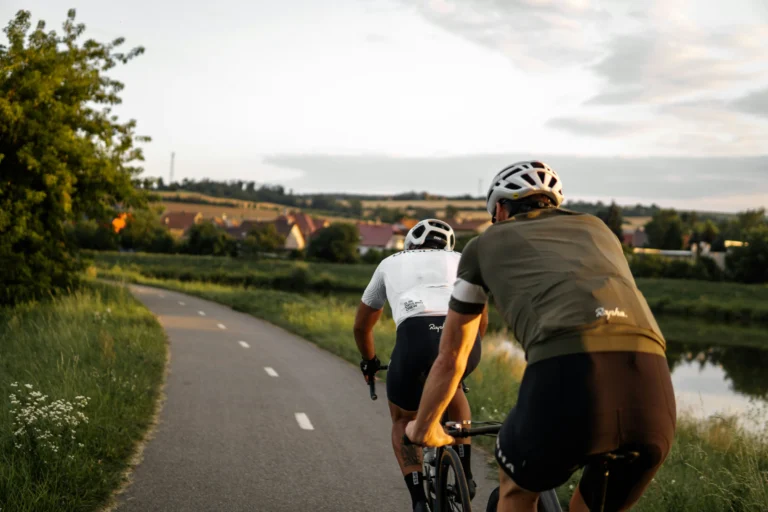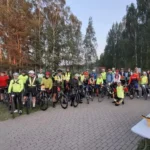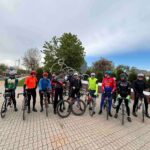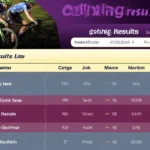Audax & Randonneuring Glossary
The definitive reference for long-distance cycling terms. Tap any term to see detailed explanation.
A
Audax
ACP (Audax Club Parisien)
Allure Libre
Arrow (Route Marking)
B
Brevet
Brevet Card
Broom Wagon
Bidon
Bonk
C
Contrôle
Century
Cadence
Carradice
Chamois Cream
D
DNF (Did Not Finish)
DNS (Did Not Start)
Dynamo Lighting
Drops (Handlebar Position)
Double Century
E
Electrolytes
Endurance Geometry
Eroica
F
Fleche
Fenders (Mudguards)
Frame Bag
G
Grand Randonnée
Gravel Bike
Gear Inches
H
Handlebar Bag
Hills and Mills
Homer (Self-Supported)
I
Information Control
IR (Inverse Ratio) Gearing
J
Jersey Pocket Food
K
Klickfix
KMC Chain
L
Lanterne Rouge
Lights (Randonneuring)
Lugged Frame
M
Médaille
Mudguards (Fenders)
N
Night Riding
Nutrition Strategy
O
Organizer
Overnight Kit
P
PBP (Paris-Brest-Paris)
Permanent Route
Pacing
Power Meter
Q
Qualifying Rides
Quick Release (QR)
R
Randonneur
Randonnée
RM (Randonneur Mondiaux)
Randonneuring Bike
S
Super Randonneur
Saddle Sore
Secret Contrôle
Sleep Monster
T
Tandem Randonneuring
Tire Choice
Time Limit
U
Ultra-Distance
Underway Time
V
Volunteer
Vélo
W
Wool Jersey
Wheelbuilding
X
Xtra Mile
Y
Year-Round Randonneur
Z
Zzz (Sleep Management)
About This Complete Audax Glossary
This comprehensive reference includes over 100 terms covering all aspects of Audax and randonneuring from A-Z. The glossary features:
- Detailed definitions with practical examples
- Historical context and technical specifications
The sport of randonneuring has a rich history dating back to 1891 with the first Paris-Brest-Paris. Unlike competitive cycling, it emphasizes personal challenge, self-sufficiency, and camaraderie over pure speed.
